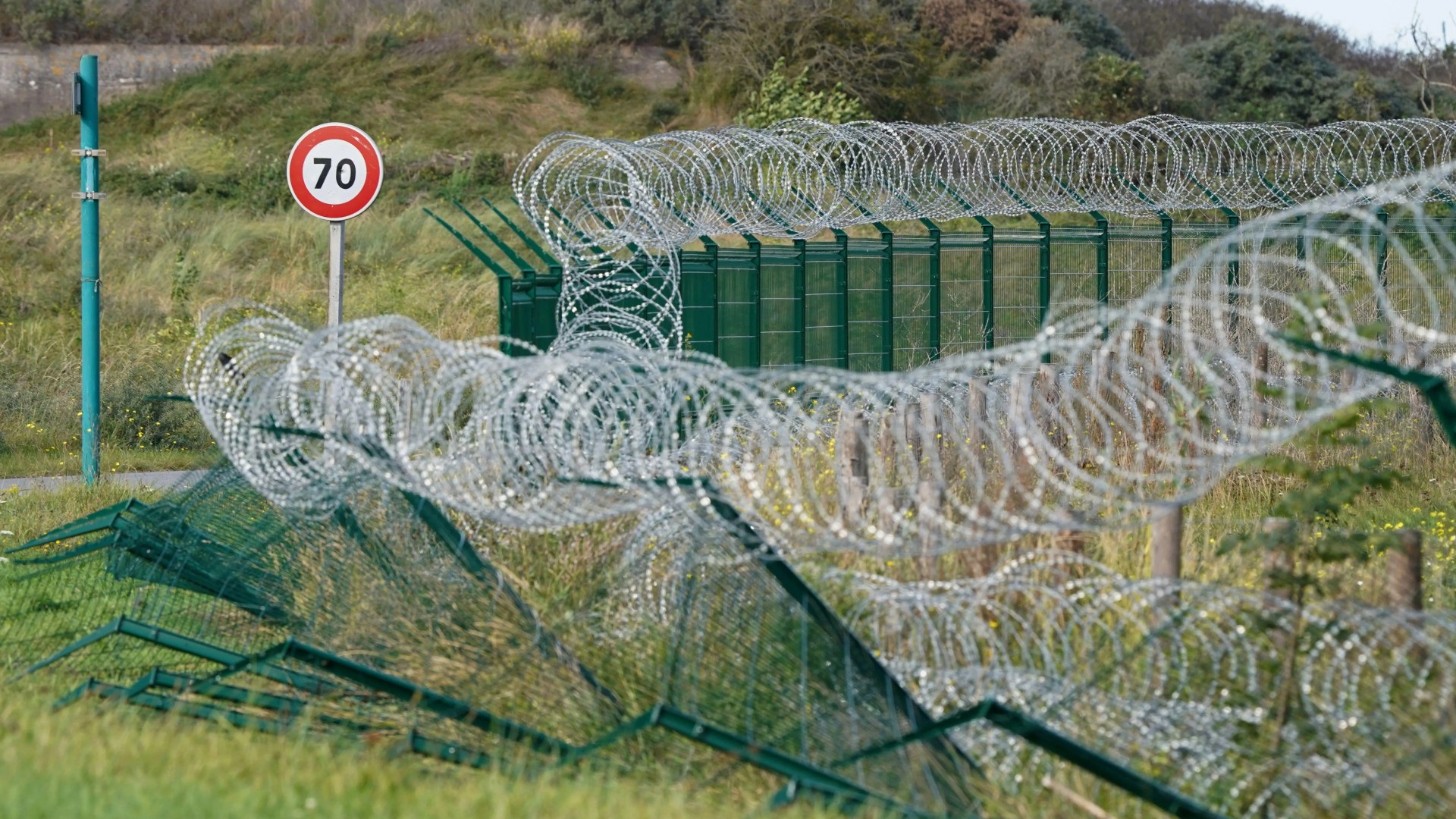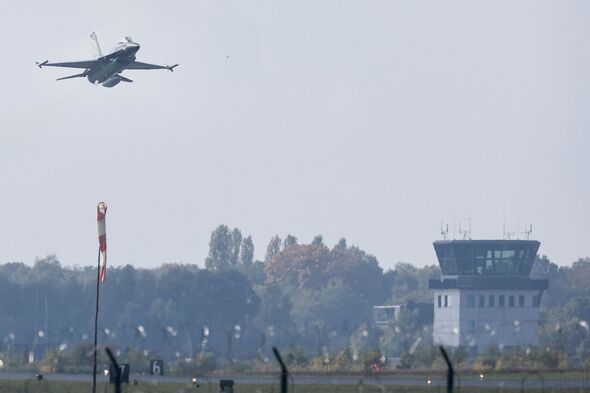French officials are set to allocate up to £132,000 of British taxpayers’ money to construct a substantial fence intended to protect residents in the town of Gravelines, situated close to Calais. This initiative aims to establish a barrier approximately 1,000 yards long and 6.5 feet tall, designed to deter migrants from encroaching on local homes and gardens.
The proposal has emerged amidst ongoing discussions about the challenges posed by the influx of migrants in this region. Local authorities in Gravelines have expressed concerns that the presence of numerous migrants, primarily young men, has caused discomfort to the community. Reports indicate that many of these individuals are waiting for opportunities to cross the English Channel, often falling prey to human traffickers.
The planned fence is expected to serve as a physical barrier, addressing the immediate concerns of residents who have voiced their apprehension regarding safety and privacy. Local officials assert that the structure will not only enhance security but also improve the overall quality of life for the town’s inhabitants.
This financial commitment by the British government has sparked debate about the effectiveness of such measures in dealing with the broader issues of migration and asylum-seeking in Europe. Critics argue that investing in barriers may not address the root causes of migration and could instead foster a cycle of isolation.
Local authorities in Gravelines have highlighted the need for a collaborative approach to tackle migration challenges. While the fence may provide temporary relief, stakeholders emphasize that comprehensive strategies involving both French and British governments are essential to address the complexities of migration.
In summary, the decision to construct a fence in Gravelines reflects the ongoing tensions surrounding migration in Europe. With £132,000 earmarked for this project, the implications of such a move extend beyond the immediate concerns of local residents, raising questions about the long-term effectiveness of physical barriers in managing migration flows. As the situation develops, it will be crucial to monitor the outcomes of this initiative and its impact on community relations in the region.







